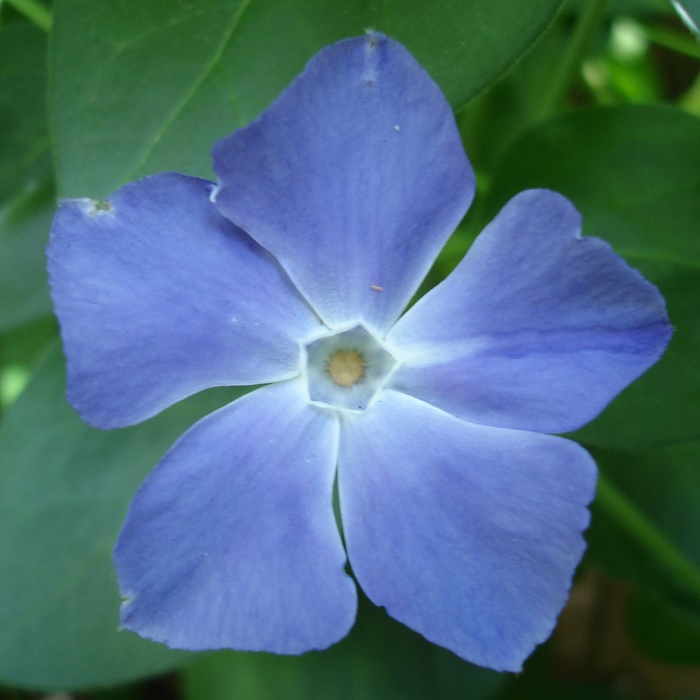UNITED STATES—As the simple name implies, ‘groundcover’ covers the ground. Groundcover plants stay lower than shrubbery, and function something like mulch. They insulate shallow roots of other plants, inhibit weeds, and some groundcovers inhibit erosion. Besides all their utilitarian functions, they provide appealing foliage, and some bloom nicely.
Lawn is probably the most common groundcover, and is also the most useful; but that is an entirely different and involved topic! Other groundcover plants are spreading perennials, plants with sprawling stems, or vines grown without support. Most are evergreen, since defoliated plants do not cover much of anything too well.
Gazanias and iceplants are popular perennial groundcovers. Their old stems tend to die out and decompose as efficiently as new stems pile up over them, which is why they do not get too deep. Gazanias can eventually get bald spots that need to be patched with new plants, or ‘plugged.’
(The debris from pruning the edges of easily rooted perennial groundcovers can be processed into cuttings known as ‘plugs’, which can go directly into bald spots. plugs can be taken from dense spots if no edging is necessary. They should be watered regularly, or plugged in autumn to take advantage of rain while roots develop.)
Groundcover forms of ceanothus (wild lilac), juniper and contoneaster are really shrubs that extend their stems more horizontally than vertically. Honeysuckle and both Algerian and English ivies are vines that spread over the ground until they find something to climb. Their stems root into the ground wherever they need to.
Since most groundcover plants are naturally understory plants that grow below larger plants, many tolerate considerable shade. Periwinkle and the ivies are remarkably happy in partial shade. However, vines, particularly the ivies, will climb walls and trees for more sunlight if they get the chance.
Many of the perennial groundcovers and some of the vines are neater if mown or cut low annually. Periwinkle does not need to be mown, but can get rather unkempt before new growth overwhelms the old through winter. Mowing eliminates the old stems, and makes the new growth fluffier. Dwarf periwinkle stays too low to mow.
Highlight: periwinkle
If the Latin name of dwarf periwinkle is Vinca minor, it is logical that large periwinkle should be Vinca major. Large periwinkle is more commonly known simply as periwinkle or common periwinkle, although it is not as common as dwarf periwinkle is, at least in landscapes. In some regions, it has naturalized as an invasive weed.
Some might accurately say that periwinkle is shabbier than the relatively neat and dense dwarf periwinkle. Others might say that it is just rustic or informal. The wiry stems stand less than a foot tall before they bend over from their own weight. Fallen stems can root where they touch the ground, and grow into new plants over winter.
The evergreen foliage is rich green, and a bit darker than the top of a billiard table. The simple paired leaves are about an inch and a half to two inches long. The slightly purplish blue flowers are about an inch and a half wide, with five petals each. Bloom is sporadic, but almost continuous, except for a lapse through winter.






